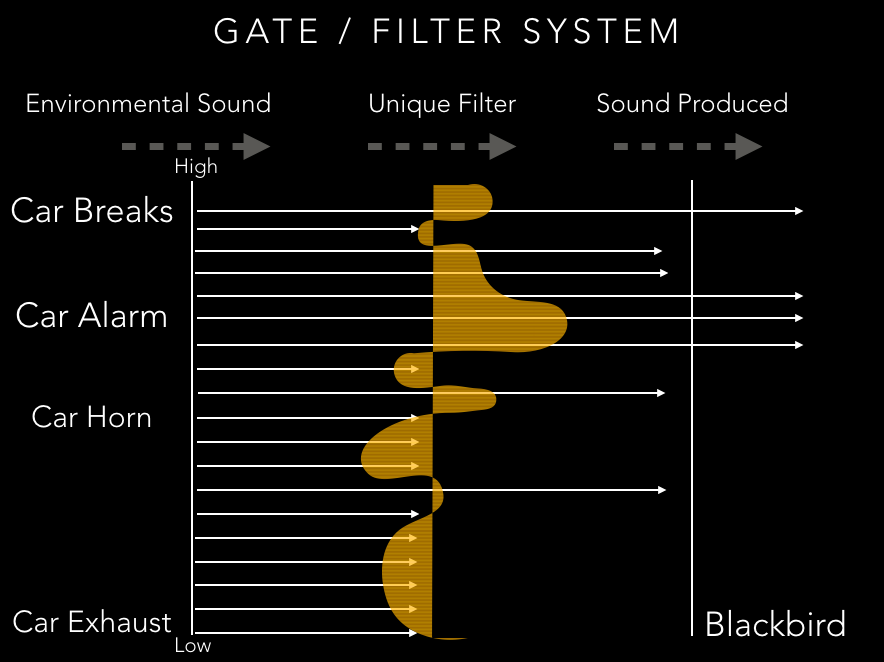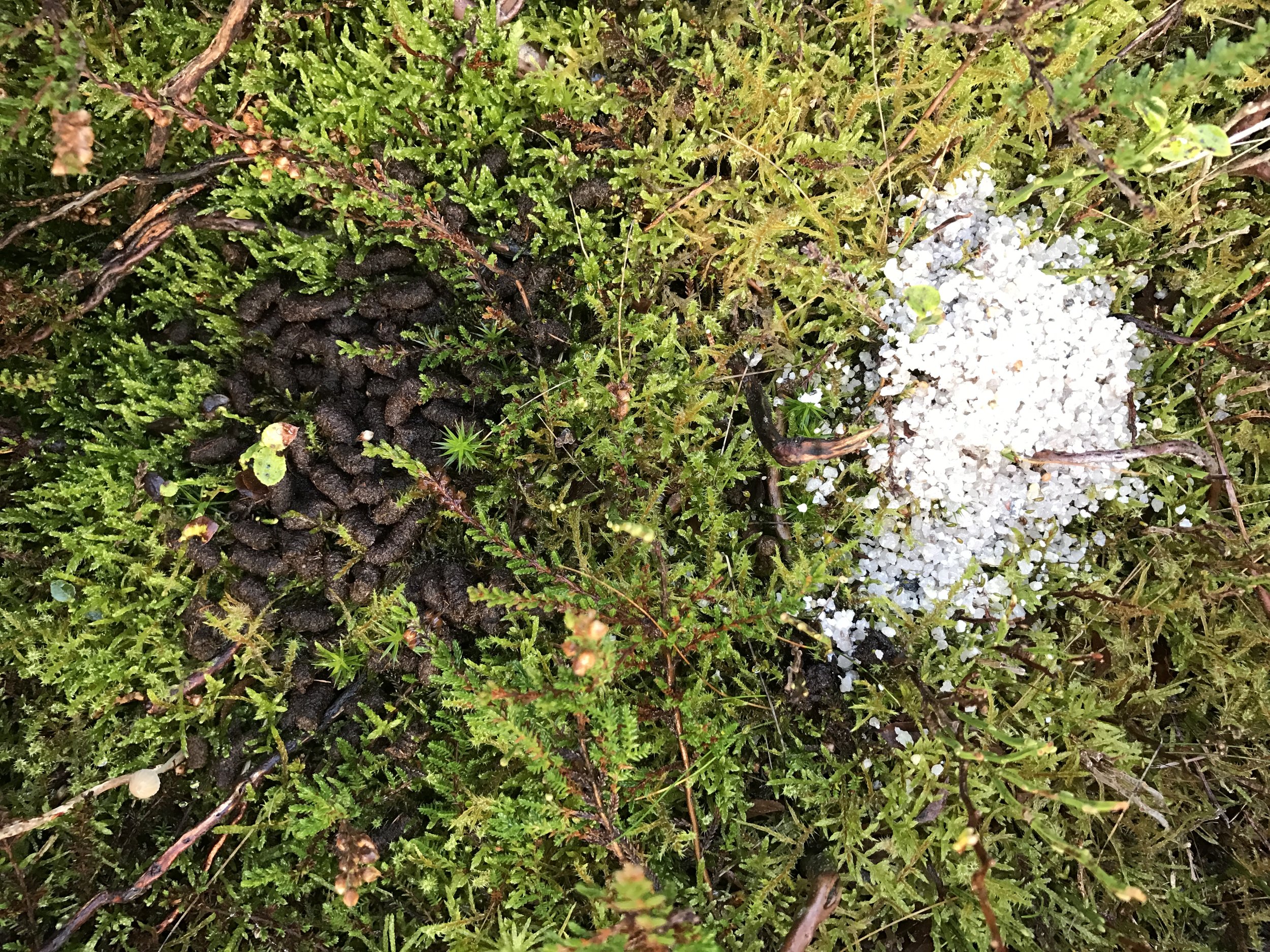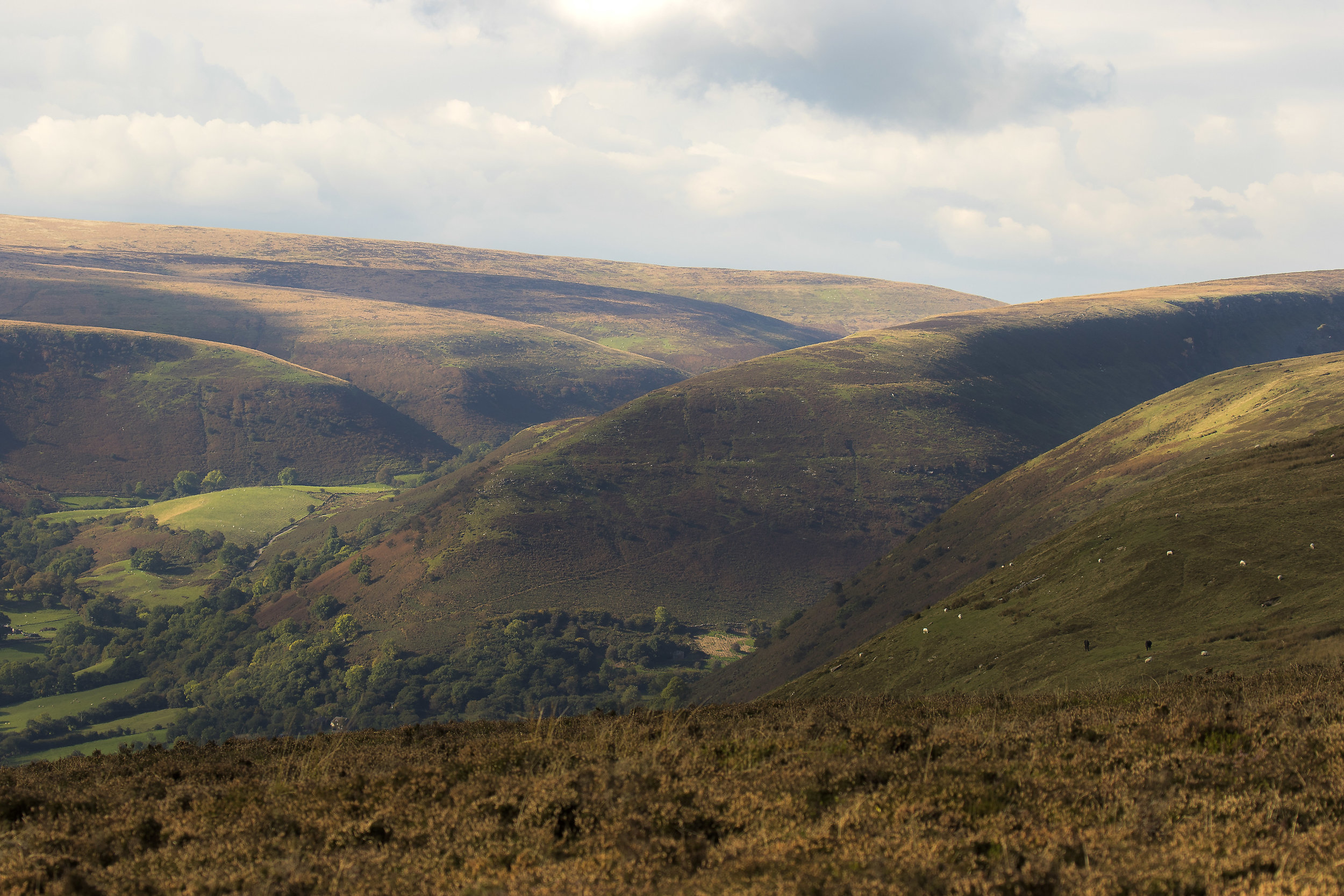Last week I attended Welsh Ornithological Societies annual conference, at which I gave my first ever talk on mimicking birds. It was quite a nerve-racking thing for me but it was received well, despite having magor issues with the sound. I have since been asked to do the same talk at Gwent Ornithological Societies AGM in January so if you missed it, please come along.
In my talk you'll learn more about how birds learn the sounds that they produce, why mimicking birds prefer certain sounds to others and also learn the different types of mimicry that help us work out why they use these techniques and how it influences their breeding success. Below is a slide from my presentation showing a birds unique filtering system. If you're interested, the GOS AGM is on the 21st of January.














